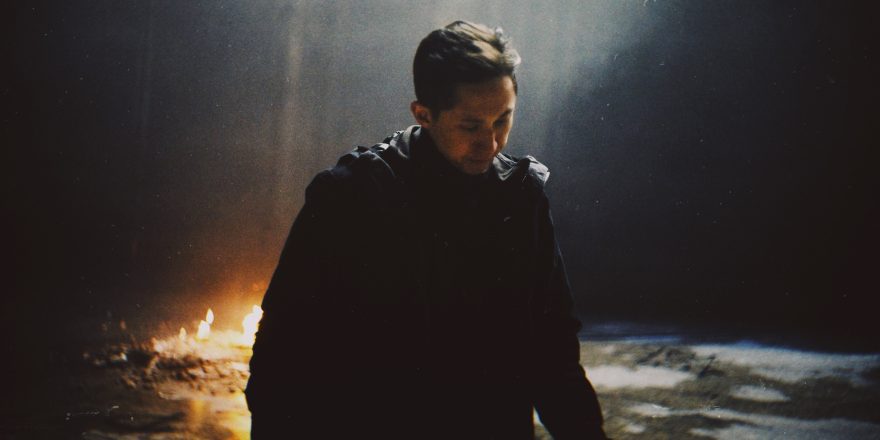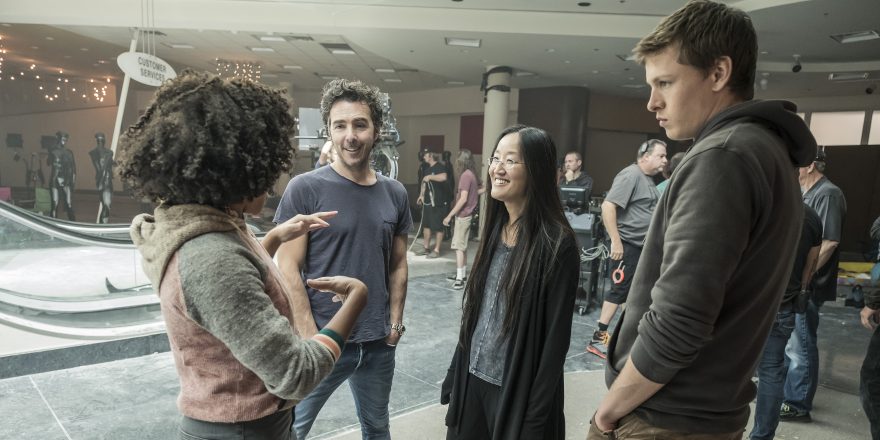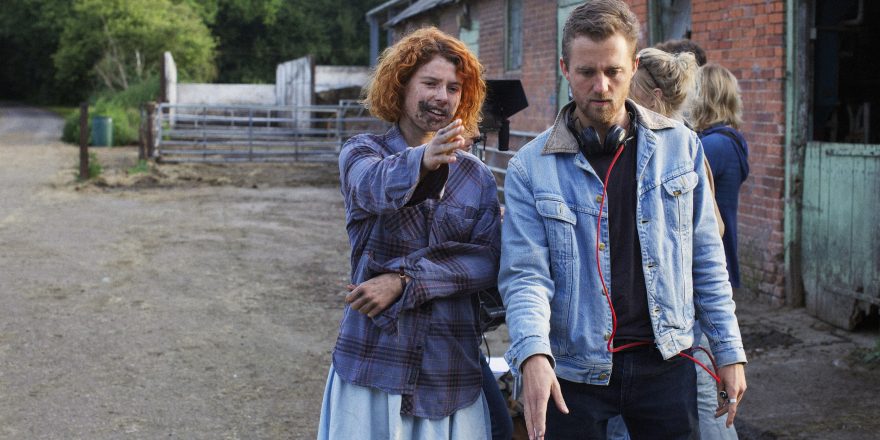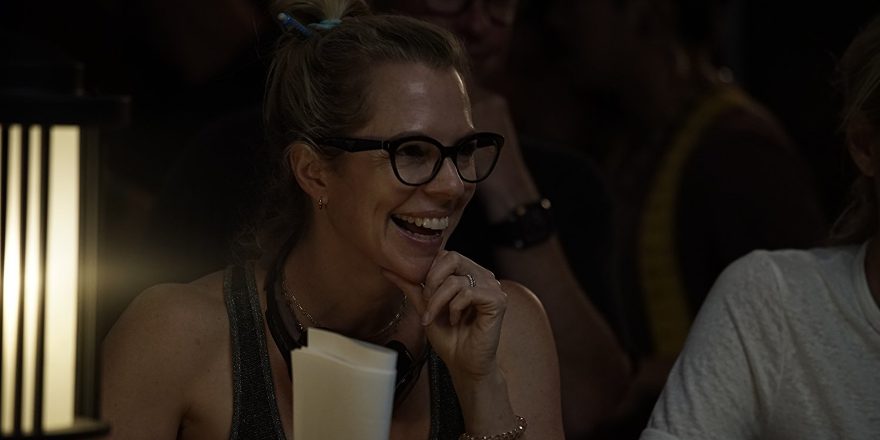Looking back, I think most of my career has been built off projects that I did without asking for permission to make. I think if I’d waited for the permission to make the things I wanted to …
… I probably wouldn’t have made anything at all.
I’ve always wanted to create big, escapist movies. I am an escapist and an idealist at heart. Growing up, I felt like a lone outcast; I never really seemed to fit in anywhere. I was part of a working-class family in an excessively wealthy community, which is a strange dichotomy to live in. I am also part-Asian and part-Caucasian — which means I’m really neither when it comes to assimilating into a cultural clique. On top of all of that, I was an only child. I didn’t have any siblings to talk to, I only had myself and my imagination.
But I loved art and music, and I especially loved movies. They were my second home. I found a sense of belonging in the fantasy worlds of Star Wars, the heroic dreamers of Spielberg films, and the gritty futures of Ridley Scott and James Cameron. I became fascinated in my own potential to paint such vast landscapes and intriguing characters. I got lost in my own imagination. Escapism was all I knew.
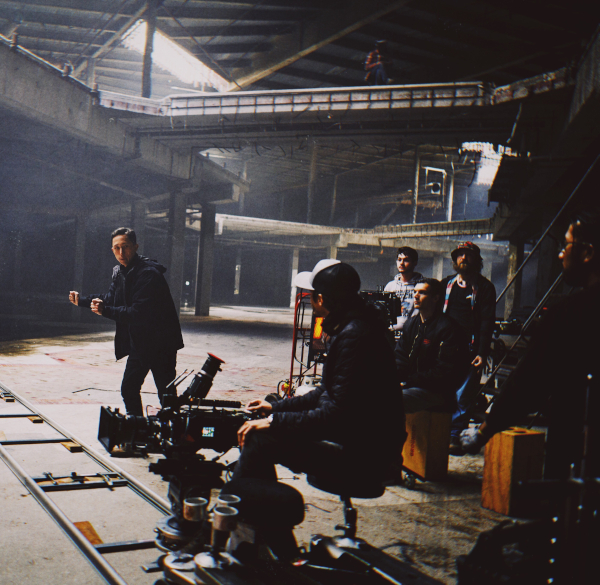
My parents were both teachers, and neither of them were sure film was a viable career. I pursued it out of my own passion – and because I didn’t fit in anywhere else. I didn’t have many friends starting out in high school; everybody else was interested in things I wasn’t into or just wasn’t good at.
And so I learned how to make films on my own. Without anyone’s permission or cosign.
My education began on the internet. I was a part of the DIY generation, so I didn’t have mentors. I taught myself. I would use our family’s home camcorder to learn composition and framing, and go to the school library to learn Photoshop and how to edit. I eventually built my own computer, and learned how to do visual effects through online tutorials. Put all that together, and I was suddenly making my own short films.
Eventually, I grew confident in my skill sets, and joined a film program which showed me there actually was a future to this “film thing.” I started to share my films on the school broadcasts, and all of a sudden the school knew who I was. I was no longer an outcast. I had a voice.
People were suddenly beginning to listen.
I went on to film school. I was deeply competitive, and worked hard to learn as much as I could. When I was a junior, I proposed making a short film about a lone astronaut working in a lunar mining facility — a project that was far more ambitious than even graduate thesis projects. But I didn’t know any better. I thought I could do it. My school professors were skeptical at best; a few even petitioned to not let the film get made. A lot of my peers thought I was wasting my time.
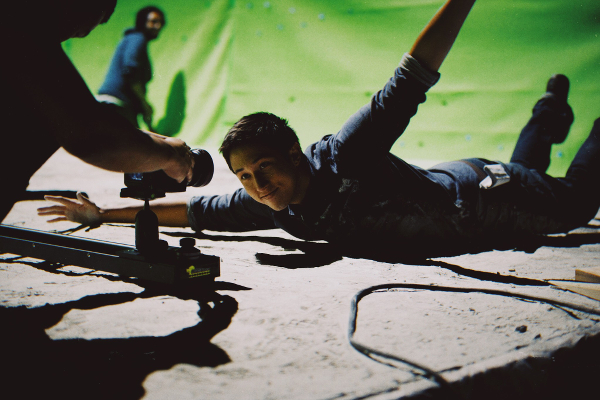
But I made it anyways. I believed in it. And I made a lot of mistakes along the way. A lot. When I finally finished the film, I sent it out to festivals …
And every festival rejected it.
One after another, the emails piled up. The film just “wasn’t for them.” Didn’t fit their slate. It was too “commercial.” And because of the film’s shaky reputation at school, the board had also decided that it wasn’t appropriate to screen.
I was crushed. I had poured everything into this project. Stretched many relationships thin. Pushed myself past healthy limits. And yet, it was seemingly all for nothing. Festivals were the highest validation for filmmakers in school, allowing you to size yourself up with your peers, and quantify how good of a filmmaker you were.
The day I got my last rejection, I put the film up online. It was the least I could do: to share the finished film with everyone who had poured themselves into it. I also sent it to a platform called Short of the Week. To my surprise, it got picked up. After that, Vimeo decided to feature it as well. And suddenly, over 100,000 people had watched the film within a week — the same film every festival had rejected. People were posting it everywhere. I had my first taste of “viral.”
I got a call from a producer at 20th Century Fox the next day.
The internet had come to my rescue as the platform for my voice.
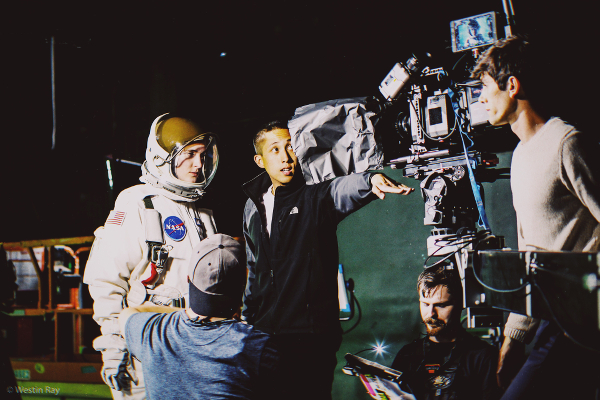
Flash-forward to my senior year. I’d decided to minor in advertising because my favorite filmmakers (Fincher, Scott, Gondry and Jonze, to name a few) had made commercials early in their careers, and many still continue to do so. I recognized that they all learned their best skill sets and unique signatures through this lateral industry. Meanwhile, all my friends were gearing up to write their dream feature films, which they believed they were going to make straight out of college. I told my colleagues that we should get into commercials instead. Save the films for later. Maybe we could learn a few things here first.
My friends laughed at me. Commercials? Get real.
“Sell out.”
And so I graduated, and started doing any freelance visual effects jobs I could find. And I was struggling. I felt like my creative voice was waning, stifled from not directing anything. Nobody was going to give me a directing job. Nobody cared about my short films. That moon short that got me a lot of attention was yesterday’s news. And so I started to do what I’d told my colleagues I would do. I wrote a spec commercial with a friend. And I didn’t just write it for anybody — I wrote it for my dream client, Tesla.
Tesla didn’t ask for it. And they definitely didn’t pay for it.
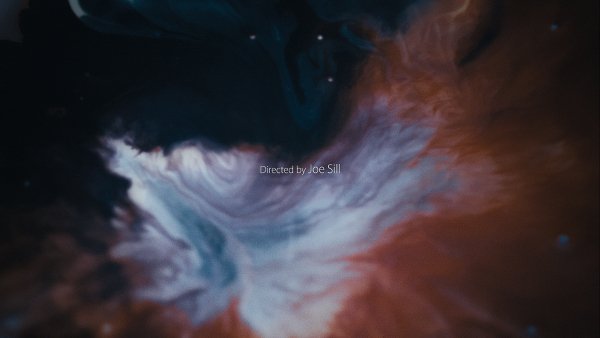
I wrote the film about a boy who commandeered his father’s car and used his imagination to jettison the car out of his garage and into the far reaches of outer space. The Model S felt like a spaceship to me. It made me feel like a kid again, when I would sit in my family’s Toyota sedan and imagine that I was one of the X-Wing pilots en route to blow up the Death Star. I wanted to capture that feeling and make a film about that. So I scrapped together some spare change with some friends, made the spec, and …
Elon Musk shared the film on his Twitter. And Tesla’s marketing team followed soon after, along with the rest of the internet.
The film got a half a million views within the day. That project jumpstarted my commercial career — navigating through the music video and advertising industries, where I quickly built a resume of work. In my early- to mid-20s, I was suddenly working with dream clients — Apple, Nike, NASA, Disney and Warner Bros., to name a few. I was working with exponentially growing budgets and learning how to work at a professional level. I made a music video with a notable artist that has to this day reached 100 million people.
I got good at my technique and craftsmanship. I learned how to use big toys and how to navigate the political atmosphere of having a lot of creative voices involved — and still maintaining a vision that everybody was happy with. Those are lessons you don’t learn any other way than by just getting into the ring and doing it.
At one point, my now-manager said, “I like your work and all that, but you want to do movies, don’t you?” I realized I didn’t even have to answer that question. My work was now speaking for itself.
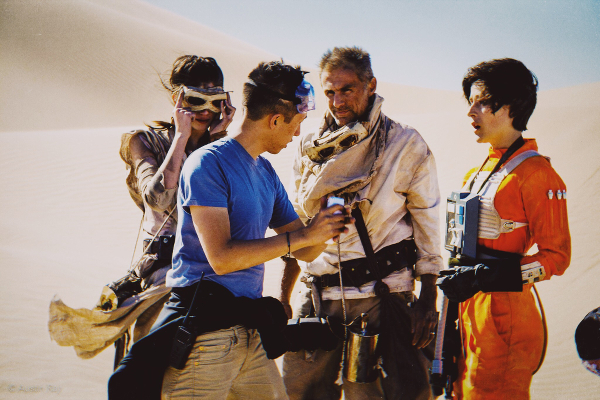
However, it wasn’t immediately communicating to the narrative industry the way I wanted it to. And so I went out again to set the record straight and made another speculative short film. This time I set it in the very universe that had inspired me in the first place: Star Wars. But this would be a darker, grittier film about a Force-conscious young woman who the rest of the galaxy doesn’t know exists, and her struggle to find shelter with her father, who’s just trying to hold it together.
Nobody asked me to make a Star Wars short. I just wanted to make it, and wanted the world to know that these were the types of movies I wanted to make. I put it online, and it accumulated over 1.5 million views within the first week, garnering the attention of both die-hard fans of the franchise as well as veteran industry professionals, many of whom I’ve looked up to for years.
And this is where we come to Stray, my first feature film. I was asked to make something for $500,000, which by industry standards is an extremely small budget. But, for some reason, my mind can’t seem to think “small,” so this film inevitably feels larger than its budget. There are 400 visual effects shots, most of which I did myself. I pushed it as far as I could. And I learned a lot in the process — lessons you can only learn by actually making a feature film.
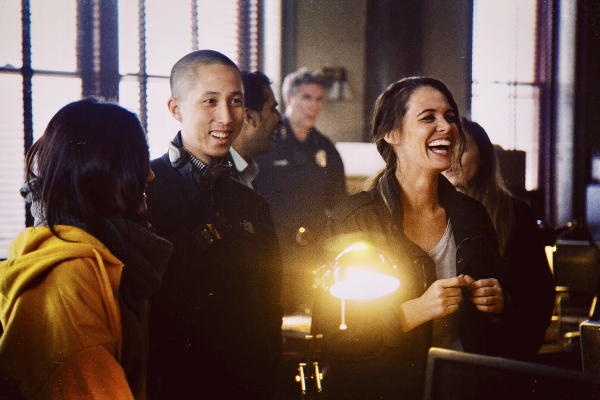
And yet, nobody was really asking for this kind of movie either. It’s an anime-inspired sci-fi neo-noir. What the hell is that?! It has a mostly Asian cast, but doesn’t want to be a socially conscious movie about minority struggles. It’s a movie that features characters who just happen to be Asian. It also feels more like a superhero noir or a live-action anime than anything else — which is a difficult hybrid category for an indie to live in, because how do you describe that to someone? But I think it’s cool. I’m proud of it because it is different, and because it didn’t fit the mold when we set out to make it.
We just went out and made it when nobody was looking, and now it exists as a stepping stone to future projects. And that’s what I’m looking for: projects that people aren’t looking for or thinking about yet. And you can’t ask for permission or wait around for those kinds of projects to come around.
You just have to go out and make them happen.



